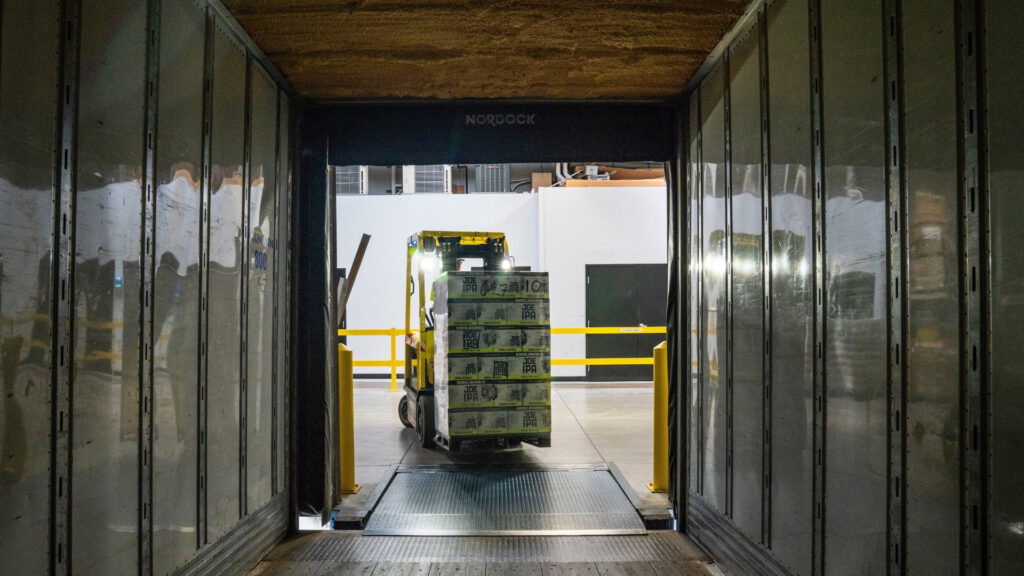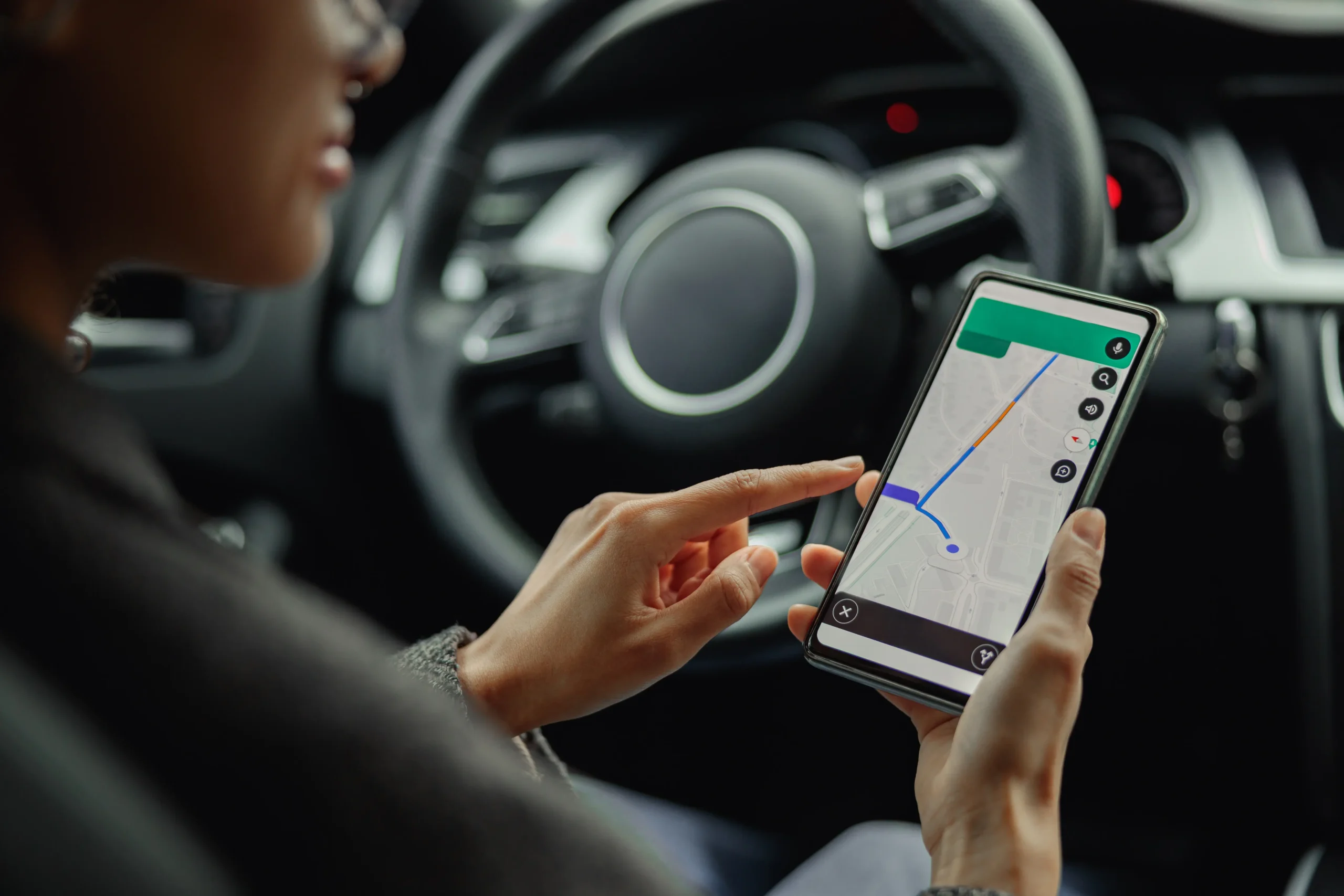As the year draws to a close, our team has turned their thoughts to what might happen in the logistics and transportation sector in 2019.
B2C & B2B companies becoming aware of just what’s possible from delivery & logistics software
Dave Pickburn, Director
One of the trends we’re seeing, not just in Stream users but also in some of the big transport and logistics companies we support, is that consumers – everyone from people who want things delivered to their home to businesses people who want something delivered to their business – are becoming more and more aware of what’s possible.
They want the best possible service delivering: they want notifications, they want to know where the driver is, they want an accurate time that things are going to be arriving, they don’t want to wait in all day long, and businesses making those deliveries need to have more of that focus on customer service.
I think, for businesses who don’t have systems in place to offer that, it will become harder and harder to retain their customers and it’ll become more and more expensive to give that customer support that people now expect – it gets expensive to deliver that if you’ve got to do it manually by searching papers, taking phone calls and everything else.
The other trend is more environmentally led. We’re seeing clean air zones being proposed for many cities in the UK and beyond.
And fleet operators need to better manage the types of vehicles used, where they’re used, the emissions, to support those initiatives the government are introducing around clean air-zones and green cites. That’s something that Stream really wants to support.
Clean air zones, congestion zones & fleet compliance: legislation driving change in logistics
Shahid Latif, Stream Product Manager
With regards to transport management, I think two factors are becoming more prominent.
One is where the country is going with clean-air zones, congestion zones and those kinds of things. Its affecting businesses involved in transport and planning, so its likely to have an impact on a lot of our customers. The more we can help with that kind of thing, the better.
The other trend that we’re seeing is around compliance. Although there’s a lot of recommendations and DVSA schemes, I see more and more compliance-related initiatives being taken, especially from the government, so there will be more compliance regulations to meet.
Even with Brexit, that’s likely to change. Although in the past we would have had a lot of EU directives, I think a lot of UK regulations will come into force and be more prominent for a lot of operators out there.
Real-time visibility leading the delivery sector
Rob Jackson, Director
There are a number of factors driving the delivery and logistics sector.
The exponential growth in eCommerce means that more people than ever are buying online, and those goods have to be delivered. These days, everyone has already dealt with the big delivery companies. Customers want and expect to be able to track their deliveries themselves, without having to deal with call centres, and Stream provides that information to customers clearly, and in real-time.
The benefits of that aren’t just to the end consumer. For operators making those deliveries, having information available to everyone, in real-time, makes planning clear and simple too.
Operators have to be much more mindful these days about their environmental impact, and deliveries are a big part of that. Systems like Stream enable operators to reduce unnecessary mileage and that’ll not only reduce their impact on the environment but more crucially it’ll give them greater efficiencies, which will impact on their bottom line margins too.
Track and trace for international logistics
Alex Mowforth, Developer
In the modern age of global communications and global shipping, organisations have to be able to book, manage and track their deliveries across countries and time zones.
That means that they need to look at how to identify the local time of the person expecting the delivery versus the local time of the person in the back-office, monitoring the progress of their runs, and its managing all that against customer expectations that can bring in challenges.
The way we manage that in Stream is by using the information coming in from modern mobile devices, from the tracking system
How that works right from planning those deliveries, giving good expectations to the customer throughout the process, based on the progress of where the deliveries are, through to that final point of making sure proof of delivery can be captured in times that make sense to the customer.
The information has to make sense for the customer when they look at their records, and it also has to make sense for the back-office user when they’re checking details there and giving information that can be available for management for management for general tracking of performance globally.
App-based software making it easy to onboard new & temporary workers
Anthony Whalley, Developer
We’re seeing a trend, both for workers in the warehouse and drivers out on the road, of companies embracing the gig economy and moving towards a model where, at Christmas or other busy periods, they can bring external people in.
So having systems that are app-based means that those systems are not only available on specialised devices, like the Zebra rugged devices but really on any modern smartphone. Drivers and warehouse operatives can use their own mobile phones to do the job – the companies don’t have to supply the devices, they can just give them access, with no need for specialised training.
And for businesses running Windows devices in their warehouse, logistics and retail environments thoughts should be turning towards a migration plan to other operating systems, such as Android, as support for Windows ends soon. We’ve been helping some companies with those migration plans and transferring old, legacy green screen applications to Android using terminal emulation software through Ivanti Velocity, StayLinked SmartTE and Zebra.
Being able to keep customers informed in a ‘now’ delivery culture
Loes Cornelis, Developer
Nowadays, where everything is always online and everything needs to happen ‘now’, it’s very important that you are continuously updating the customer, so they know when they can expect their delivery.
When a customer makes an order online, they don’t want to be sat there all day, just constantly refreshing the page to see whether they’re the next customer. Being able to offer that immediacy of information is vital for businesses operating today.
For every delivery in Stream, there is a special tracking page. It is continuously updated, a link is sent out to the customer, and customers are notified when their delivery is next. That means that those end customers can just get on with their day, as they know when to expect their goods, which then reflects back in good feeling about the company.
Flexibility for bulk haulage companies to accurately record delivery & collection quantities
Rob Forsyth, Developer
Something I’ve noticed is that there are a lot more people wanting more flexibility: there’s more demand for people to be able to record the exact right information, at the moment the delivery is made.
Particularly in the case of things like bulk haulage and large quantities – wood pellets or fuel – what’s on the order might not necessarily be what going to get delivered. When the driver gets to the site and the delivery is slightly more or slightly less then what’s on the order, they need to be able to adjust things at the last minute and to record exactly what did happen.
Understandably, businesses don’t want to be tied to exactly what was on the order when it was placed, things can change at the last minute and they need to be able to cater for that level of flexibility, and keep order information up-to-date in real-time.
Developing a brand through excellent delivery experiences
Paul Rufus, Marketing Manager
One of the trends that I see for 2019, picking up on the comments from one of my favourite marketing icons Dave Gerhart at Drift Conversational Marketing Platform, which we use on this website, is looking at the power of developing a brand and of brand experiences.
We just read the report from Brightpearl and Endless about direct-to-consumer, and how frictionless e-commerce helps to build a brand. I think the delivery experience is just as important as any other experience a customer has. It doesn’t matter whether it B2B or B2C, those terms are starting to become slightly merged in terms of the experience that both those types of people expect.
The delivery experience is very important when you’re using third parties like Royal Mail, UPS or DPD, but when you’re using your own vehicles it becomes even more important for that experience to be absolutely perfect, in order to build a positive brand experience.
Using software to manage that more efficiently, more effectively and to provide an excellent experience is a really easy way to deliver that frictionless experience at the point of delivery, one that reflects positively on that brand.








